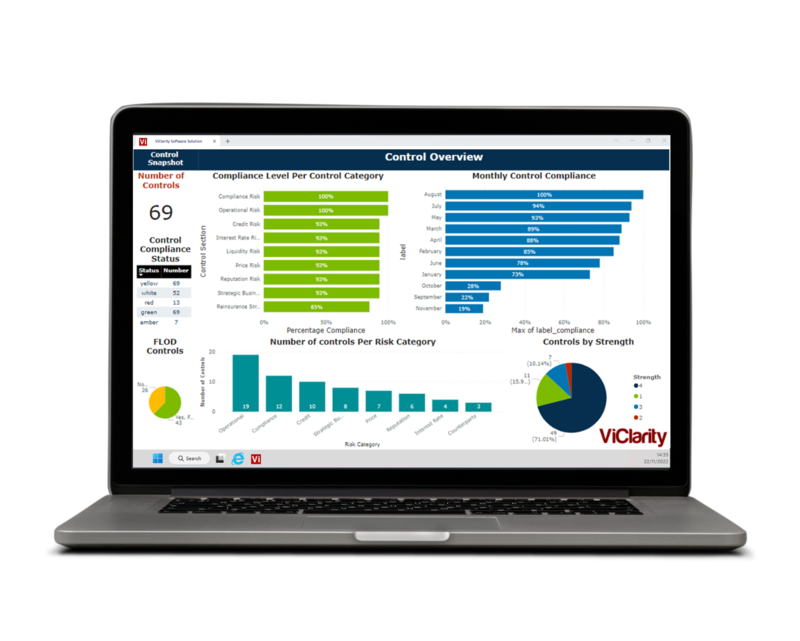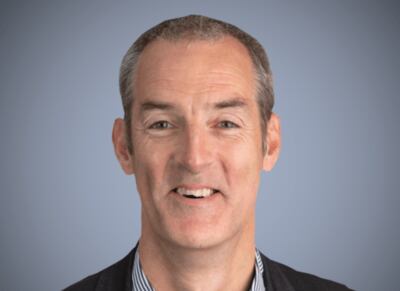Healthcare is an area that is heavily regulated, and necessarily so. The administrative burden of this, however, can often be significant and can serve to reduce the time doctors, nurses and other healthcare professionals can spend actively caring for patients.
In the 16 years since the Health Information and Quality Authority (Hiqa as it is more commonly known) was established, it has transformed the regulatory landscape as it pertains to healthcare. It was around this time that ViCarity chief executive John Ogie Sheehy, after years spent working with tech behemoths like Dell and IBM, had the lightbulb idea for a software product that could lighten the associated administrative burden.
At the time, the intersection between tech and health was minimal – people were still “scribbling on sheets of paper”, Sheehy admits. This written information would eventually be placed in a spreadsheet, after which a report could be generated. This slow and cumbersome process for tracking quality and safety was inefficient at best and inaccurate at worst, he says.
“Hiqa came along and with the best intentions were trying to help the quality of care,” he explains. The authority’s bible is its 244-page regulation handbook, a mammoth tome. “The first problem is that people don’t understand it,” Sheehy says. “It’s a massive document of all these quality standards that they need to try and comply with. It makes their job harder.”
READ MORE
This is where ViClarity, now a global provider of governance, risk and compliance technology and consulting solutions for a variety of regulated industries, came into play with its quality management software platform. The regulation handbook was now available via its software system and in the hands of a healthcare professional via a tablet, meaning healthcare organisations can assess themselves on quality in real time. Reports are automatically generated and data from different time periods can be easily compared.
From his time in the tech sector, Sheehy realised that supposedly helpful software can often turn out to be cumbersome and onerous to use. He says that ViClarity’s focus is firmly on the end-user, with the goal of making it as easy to use as possible.

“Making it very visual and easy to use was a priority for us, because if you are a new-hire healthcare worker, you need to be able to pick up this tablet and begin an audit without needing a huge amount of training,” he explains. “It ensures that the nurses and the care staff have more time to care for the patient – they aren’t trying to read documents, read handbooks and fill in forms.”
By their nature, these historic processes also had an inbuilt time lag, meaning safety issues could potentially cause serious problems long before they were identified by the regulator. By auditing in real time, this is avoided.
Sheehy offers a simple example of the safe management of medications in a nursing home. “We help people understand what they need to do by asking them as they audit if they found the medicine cabinet unlocked, for example. They can then track this, by seeing that their monthly quality audits showed that four out of six times, the medicine cabinet was left unlocked. That’s an issue,” he says.
This helps nursing homes, hospitals and other healthcare facilities to immediately react, identifying what corrective actions need to be taken. This could be retraining staff or introducing extra checks, and all implemented long before a Hiqa inspection takes place. It also helps harmonise the safety and quality data between institutes so that it can be more precisely analysed, Sheehy notes.

“Rather than Hiqa coming in, inspecting your organisation and finding a problem, or even a patient accessing the medication, you have identified it first,” says Sheehy. “Healthcare providers now have real-time access to data they historically did not have access to, so they can make better decisions and thus have better standards of care.”
The health sector, particularly its public arm, has been prone to inertia when it comes to the adoption of new technologies. The Covid pandemic accelerated changes.
The health service recognises the need to digitise and adopt technology. It realises its value and wants to be proactive
— John Ogie Sheehy, ViClarity
Sheehy recalls the early days of pitching the ViClarity solution to the health sector – while there were early adopters, “many of them didn’t want to hear about it”. “They were happy to wait for the Hiqa reports and then fix things retrospectively.”
It’s different nowadays, with a proactive approach to quality and standards and the common goal of providing patients with a better, safer experience shared by health facilities and Hiqa.
The Viclarity quality management system is now used extensively across the health system, from maternity care to nursing homes and disability services, Sheehy says.
“The health service recognises the need to digitise and adopt technology. It realises its value and wants to be proactive.”
Sheehy says the ViClarity software platform could be easily adapted and used to bring efficiencies to other crucial but admin-heavy aspects of healthcare, including risk management, vendor management, complaints tracking and the logging of incidents.
“The days of someone scribbling on a sheet of paper are gone,” he says. “It’s about accessibility of technology and bringing value.”
John Ogie Sheehy, ViClarity chief executive, will be speaking at Future Health Summit on Wednesday, May 24th at the Dublin Royal Convention Centre















